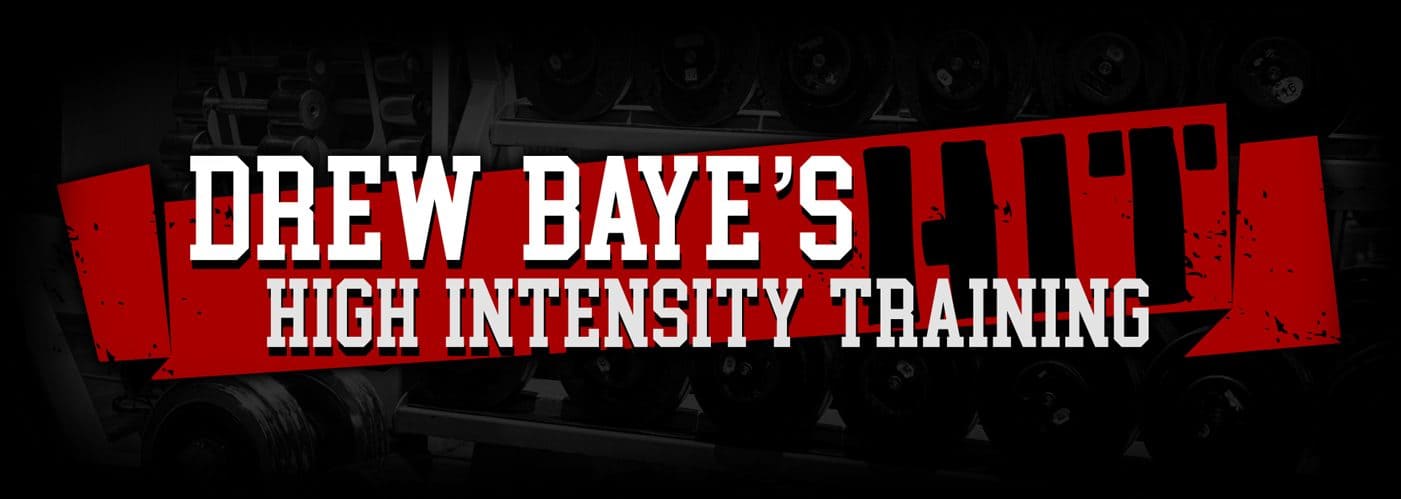Article by Ken Hutchins, used here with his permission.
My title, admittedly, is not as distinctive as might be required to accurately represent my wish for usage of technically accurate terms when discussing exercise. For instance, what does elevated mean—to you or to me? It does, however, somewhat underscore our challenge to tighten up our terms.
As Drew Baye, Josh Trentine, Gus Diamantopoulos, and I are constantly working to express ourselves in uncharted areas of exercise, we share editing among ourselves to sharpen the accuracy when expressing information. And as a result, there is a newly devised glossary of terms—many of which are not found in my other writings—imbedded within Transitioning from TSC to Feedback Statics freely downloadable from my website at seriousexercise.com.
And as I mention uncharted areas of exercise, I see another needed distinction. Uncharted areas are often new ways to perform an exercise or explanations of totally new exercises. However, the uncharted part—with us—is almost always NOT about explaining a new exercise, but about the finer details required for already existing exercises. And this often requires uncharted areas of language.
Hopefully, these uncharted areas of language are not newly invented words or expressions. They are already existing terms used in the sciences for which the exercise arena is a late adopter. As a matter of fact, creating unwarranted novel terms for exercise merely creates more confusion—exactly what we are striving to reduce.
My favorite unwarranted novel term among exercise buffs is core. As I have written and stated elsewhere, our bodies have a core, but it has nothing to do with exercise because at the core of our trunks is merely involuntary muscle if any muscle at all. Recently, Mark Sisson—a guy with a biology degree—advises in his article about squatting to “… keep the core tight.” Why not just say to “… keep the abdominals tight?”
Core doesn’t help Mark’s conveyance. And a reader might key into abdominals better since core is a nebulous notion. Most people relate to abdominals and don’t know that the novel notion of core might represent almost the entire torso or trunk, both more worthy and equally adequate as well as being inveterate anatomical terms. Why do we need core, except to sound posh, to go along and get along, and to ensure that we confuse listeners and readers?
If I instruct, “tighten your core,” then—by the so-called core usage—I say to tighten all the muscles enveloping your lower trunk*. I believe that this would include more than just the abdominals as the so-called core is intended to include more than just the anterior part of the lower trunk. However, the abdominals are the only part of the lower trunk over which one has any real deliberate control. So why not just say abdominals?
[*The literal midsection has anterior, lateral, and posterior aspects although we naturally and incorrectly restrict the meaning to the anterior aspect. Note that the midsection is the middle section of three or more uneven numbered sections of the trunk, although it is usually thought of as the middle of three sections.Midsection is often confused with—more than just anterior trunk—lower trunk.
See how confusing the traditional terms can be if not rigidly thought out and expressed? We would do this for a geometry problem. Why not for anatomy as applied to exercise?
With the issues of midsection and lower trunk (or torso) and abdominals, how can we hope to improve our dialog with the addition of core to the mix?]
And if you can make progress with these explanations you may get—as I did yesterday—the retort that, “But Ken, you’re over thinking this for the listener. We can only get our message through if we use language into which they are already keyed.”
My friend was responding to my criticism that he has a membership in the Resistance Exercise Conference and that resistance is not a distinctive term as resistance is in everything, including the activities that they call nonresistance exercise. Resistance—albeit nonmeaningful for exercise—is even encountered in a weightless environment due to the tonus of the muscles and even at death once rigor mortise sets in.
Beyond my plea for accurate language for just the sake of accuracy—that many readers have observed in my books wherein I share the chapter on Language Sophistication—my friend fails to see emerging problems using the inexact language listeners already know. For instance, where will he be when others leap ahead of his unsophisticated lingo and he sounds uninformed?
Also, in any large audience—while most will relate to and excuse or never notice the inexact language—a few will notice the inexactitude and conclude that he has not really thought deeply about the subject.
And what about the value of raising the bar? A real leader is one who pushes the unlearned to be learned somewhat like we push the weak to be strong. Addressed in a way that promotes benefit for the audience, this will be widely accepted.
There have been times in my life that, at first, I rejected improved explanations and enhanced verbiage. Hopefully, I kept my recoil to myself long enough to apply the Arthur Jones’ principle that to learn, I must listen to those I strongly disagree with.
As much of technological progress accompanies or is led by improved linguistics and academics continue to pollute thought about exercise on one end of the spectrum while those like my friend advocate dumbing it down on the other end of the spectrum, then how do we improve the field?
An organization in any field that does not allow—yet more, encourage—elevated discourse is promoting inbred ignorance.
